| Structure | Name/CAS No. | Articles |
|---|---|---|
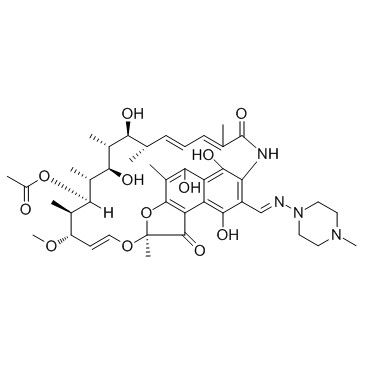 |
Rifampicin
CAS:13292-46-1 |
|
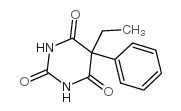 |
phenobarbital
CAS:50-06-6 |
|
 |
L-Glutamine
CAS:56-85-9 |
|
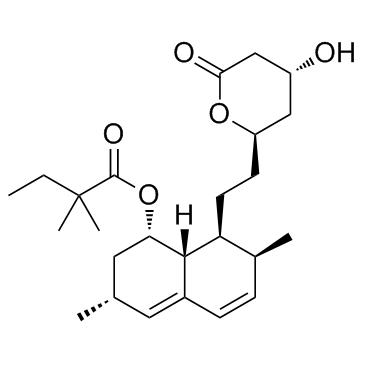 |
Simvastatin
CAS:79902-63-9 |
|
 |
Clotrimazole
CAS:23593-75-1 |
|
 |
Dexamethasone
CAS:50-02-2 |
|
 |
Mifepristone
CAS:84371-65-3 |
|
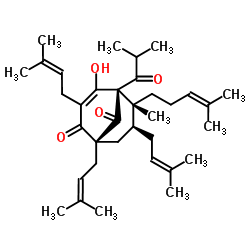 |
Hyperforin
CAS:11079-53-1 |
|
 |
Diethylstilbestrol
CAS:56-53-1 |
|
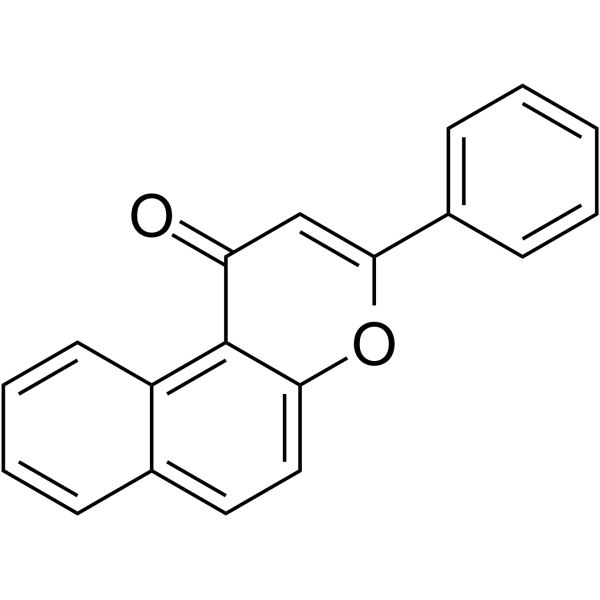 |
β-Naphthoflavone
CAS:6051-87-2 |